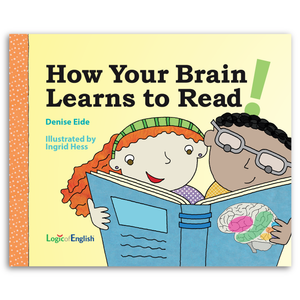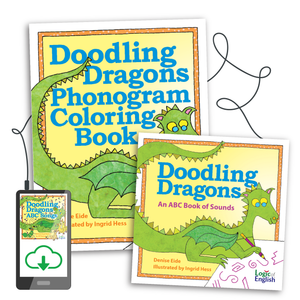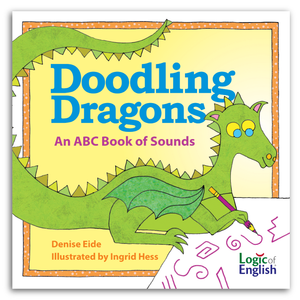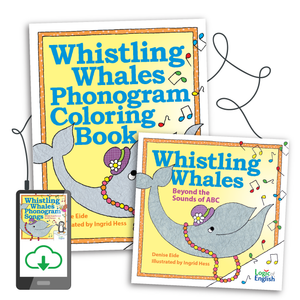“If teachers know what happens in the brain, I hope there will be more tolerance and understanding.” Those were the first words of Ingrid Hess when she was asked what her hopes were for How Your Brain Learns to Read. “I think knowledge is helpful. I know that as a teacher, the more I learn about how the brain works, the better teacher I become."
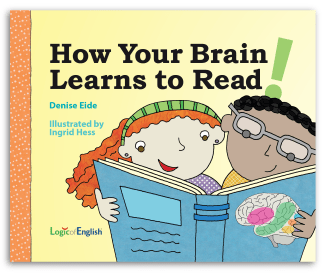
How Your Brain Learns to Read is precisely that! A children’s book that explains the different areas our brains use to process information such as sounds, letters, and meaning through an engaging storyline and fun, unforgettable characters!
“I enjoyed working on this book,” Ingrid added. “As someone that learned to read in Spanish first… Spanish spelling is easy, but English spelling is challenging…”
English has 45 phonemes and 75 basic phonograms, while Spanish is close to a one-to-one correspondence and has five vowels and nineteen consonant phonemes.
Raised in Costa Rica during her childhood, the illustrator of the Doodling Dragons series draws inspiration from her Amish/Mennonite heritage and Costa Rica’s culture. She describes how her attention to detail in the craft comes from her Amish/Mennonite heritage, while the colors and patterns are influenced by Costa Rica’s nature, oceans, and jungles.
Costa Rica is a small country known for its tropical beaches, rainforests, and abundant, exotic wildlife. Home to more than 100 species of trees, 1500 different species of butterflies, and 500,000+ species of wild animals, this country is a cultural melting pot in Central America.
Ingrid’s art and illustrations carry a lot of meaning and thoughtfulness.
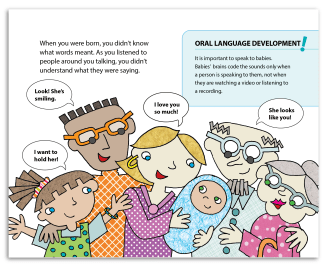
“It’s important I show people of all different colors in my books,” she added. As an eight-year-old child, she wrote a book where the main character was a Caucasian boy, and years later, she asked herself why?
“Why a white boy? Why not a white girl or a Latina?”
Then, she concluded that the books she read and was exposed to included Caucasian children as the main protagonists or the heroes.
“Not a girl heroine,” she said, frowning like remembering something that still confused her. She desires that when a child opens one of the books she has illustrated, they see themselves there.
“A book where any child feels represented,” said Ingrid, the associate professor of graphic design at the University of Massachusetts Lowell.
Ingrid Hess has written and illustrated children’s books for over twenty years; How Your Brain Learns to Read is one of the latest collaborated pieces. Every page in How Your Brain Learns to Read not only keeps children engaged and contains the callouts explaining the science but also has a part of Ingrid’s life.
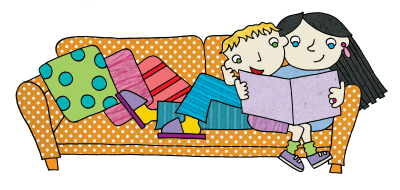
For example, page thirty-three shows an adult and a child sitting on a couch reading a book; this is one of Ingrid’s favorite drawings because it reminds her of the times her parents read a book to her as a child. For this particular book, the brain was the most challenging part to illustrate.
“But it is fun to see what’s happening in your brain!” she said.
When you meet Ingrid for the first time, you immediately get submerged in this energetic yet calm aura that surrounds her. You can tell she is an artist from how she carries herself, to how she walks into a room, to the music she has playing in the background of her apartment.
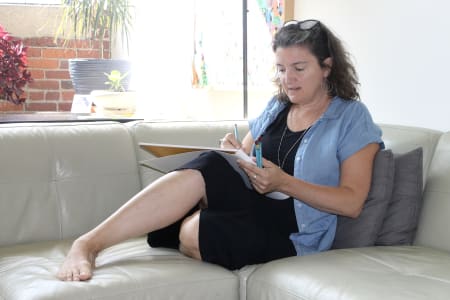
“Being an artist is part of your identity,” she concluded. “I feel LIKE the luckiest person [that] I get to draw children’s books.”
Visit Ingrid’s website to learn more about her work and watch the book reveal to learn more about her inspiration for How Your Brain Learns to Read!





